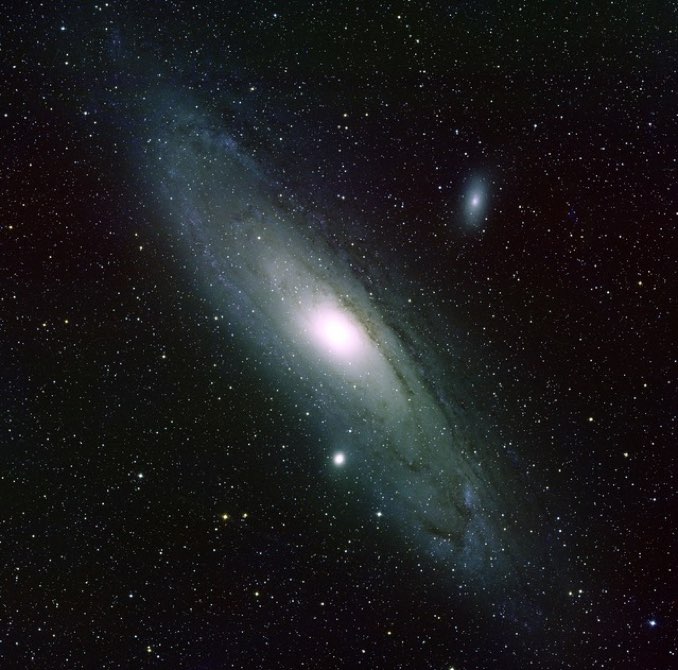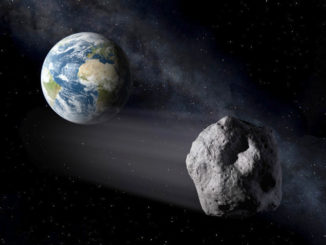
Using a new technique to assess the mass of the Andromeda galaxy, researchers have concluded the giant spiral is not so much a big brother to the Milky Way as it is a near twin.
It has long been thought that Andromeda was two to three times the size of the Milky Way and that Earth’s galaxy would eventually be engulfed during a gravitational close encounter in 5 billion years or so.
But Prajwal Kafle, an astrophysicist at The University of Western Australia, says the unavoidable encounter will be more a merger of equals. He based his conclusion on observations of fast-moving stars in the Andromeda galaxy that allowed him to calculate the velocity needed to escape the galaxy’s gravitational environment.
“When a rocket is launched into space, it is thrown out with a speed of 11 (kilometers per second) to overcome the Earth’s gravitational pull,” Kafle said. “Our home galaxy, the Milky Way, is over a trillion times heavier than our tiny planet Earth so to escape its gravitational pull we have to launch with a speed of 550 (kilometers per second). We used this technique to tie down the mass of Andromeda.”
As it turns out, the total mass of Andromeda is about 800 billion times the mass of the sun, roughly on par with the Milky Way. A computer simulation shows the two galaxies will brush past each other in the distant future before colliding in a merger of equals.
The research indicates Andromeda is embedded in much less dark matter than previously believed.
“By examining the orbits of high speed stars, we discovered that this galaxy has far less dark matter than previously thought, and only a third of that uncovered in previous observations,” he said.



